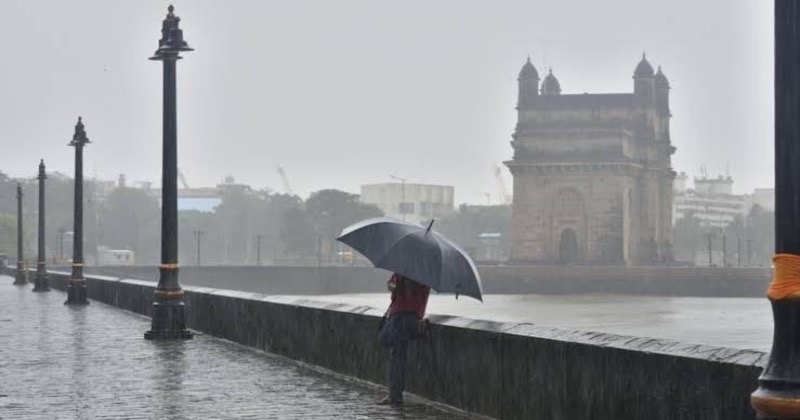
Following heavy rains over the past few days, the Brihanmumbai Municipal Corporation (BMC) reported that the Tansa and Vihar lakes, which are crucial sources of potable water for Mumbai, have begun overflowing. Along with the Tulsi lake, these reservoirs are among the seven that supply water to the city. The Vihar lake, situated in Mumbai’s Sanjay Gandhi National Park, started overflowing at 12:48 am, and the Tansa lake in Thane district followed suit at 4:35 am on the same day.
Mumbai heavily relies on these lakes, along with Bhatsa, Upper Vaitarna, Middle Vaitarna, and Modak Sagar lakes, located in various districts, to meet its daily water demand of 3,800 MLD. Due to insufficient rainfall in their catchment areas, the BMC had implemented a 10% water cut from July 1. However, the recent heavy rains have led to the lakes reaching their full capacity.
While the Powai lake also overflowed earlier, it is not used for drinking purposes. In response to the Tansa lake’s overflow, authorities have initiated a water discharge of 1,100 cusecs from the reservoir. The current water storage levels in the Vihar and Tulsi lakes are at 100%, Tansa at 99.91%, Modak Sagar at 87.69%, and Middle Vaitarna at 67.95%. In other areas, the Barvi dam in Thane district stands at 80.76% capacity, the Bhatsa dam at 61.72%, and the Dhamni dam in Palghar district at 92.35%. The Kavdas and Wandri reservoirs are at full capacity, while the Upper Vaitarna reservoir in Nashik is at 52.14%.
The abundant rainfall has provided much-needed relief to Mumbai’s water supply, ensuring adequate water availability for the foreseeable future.

Post Your Comments